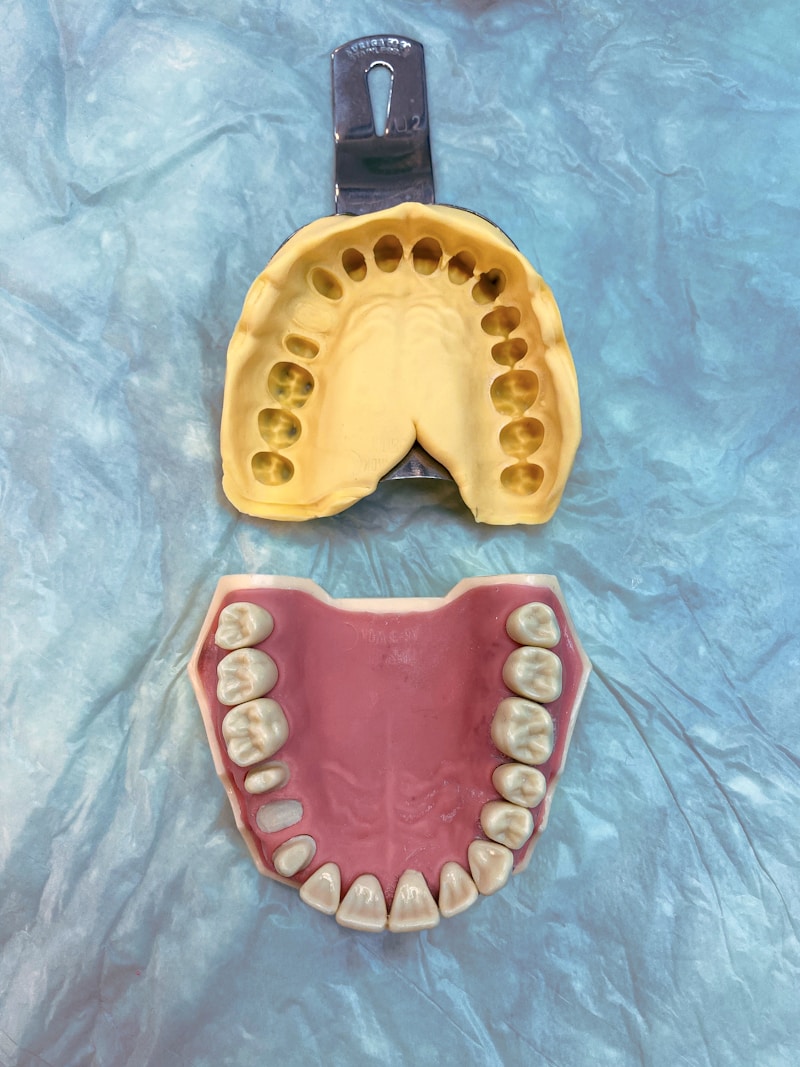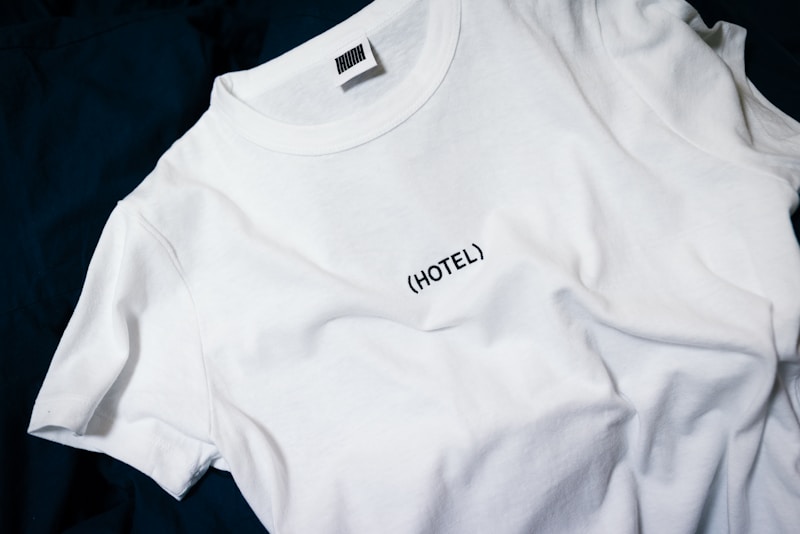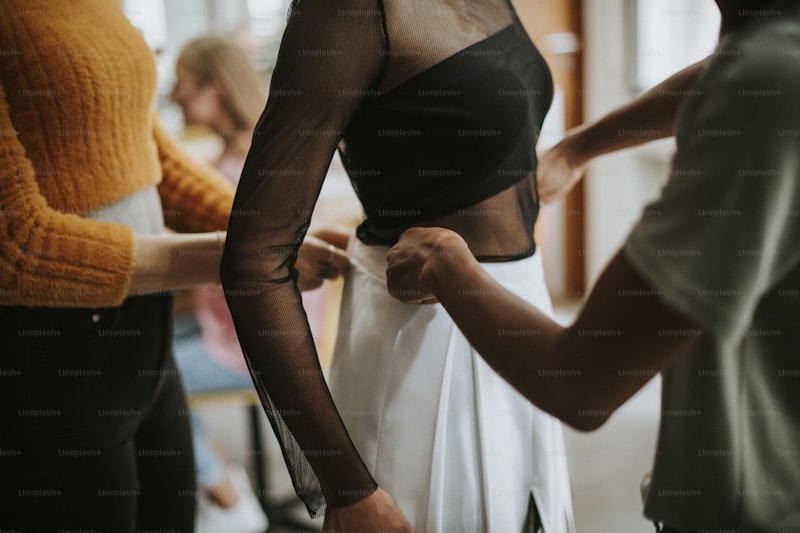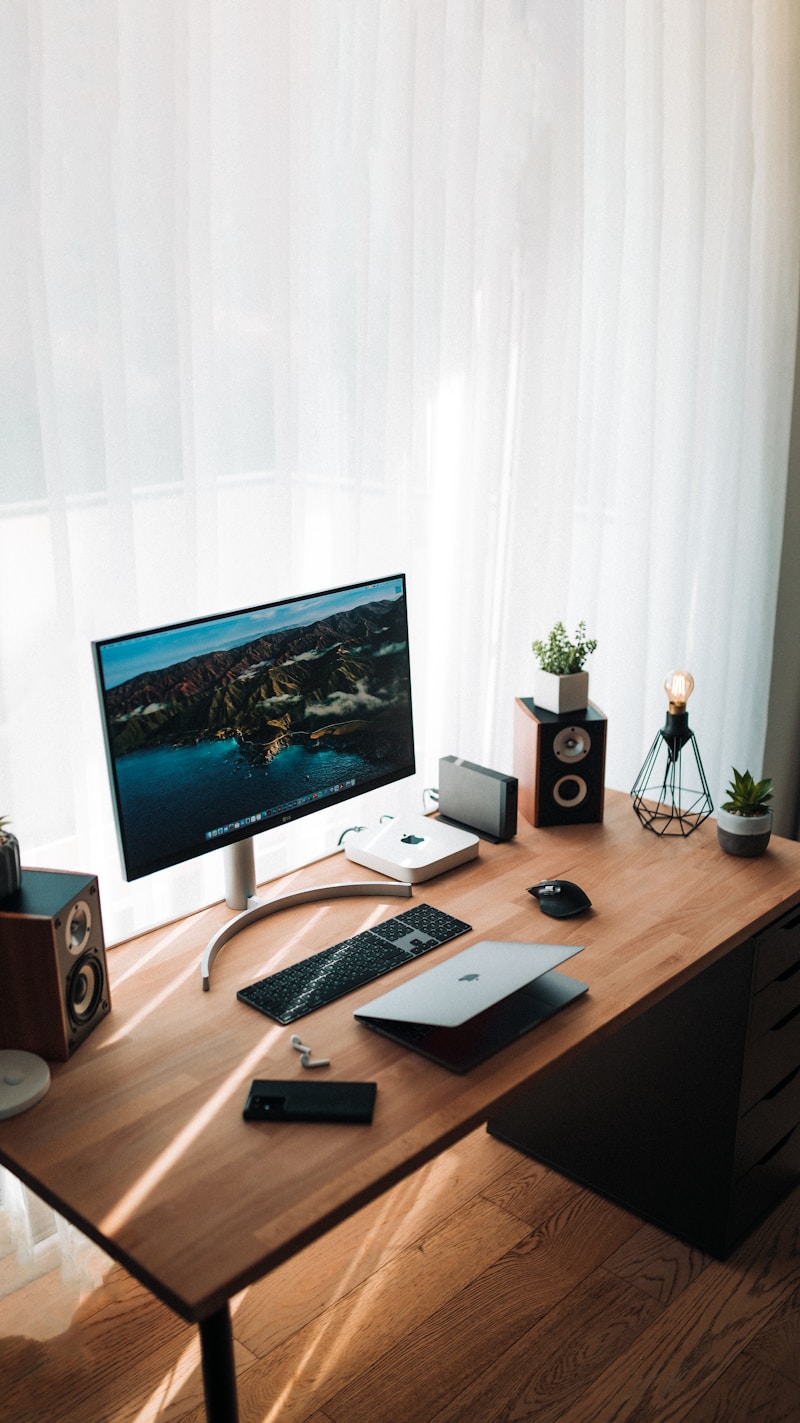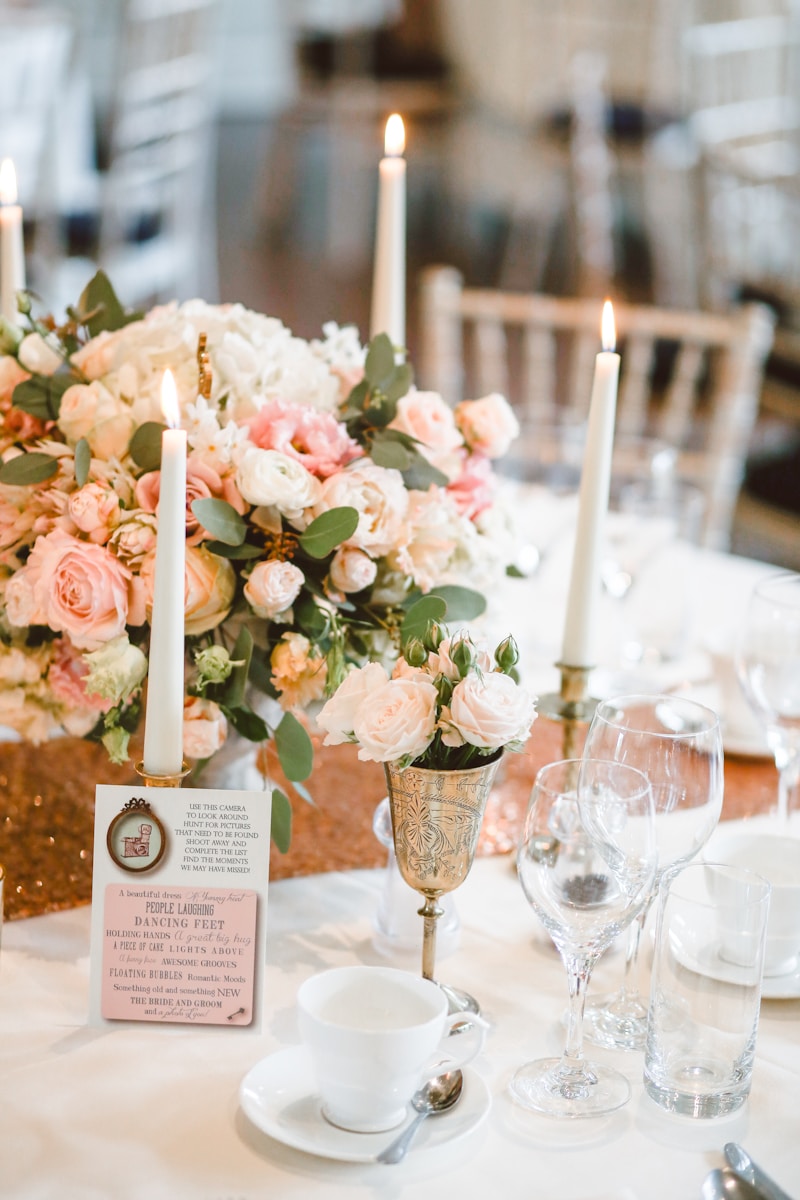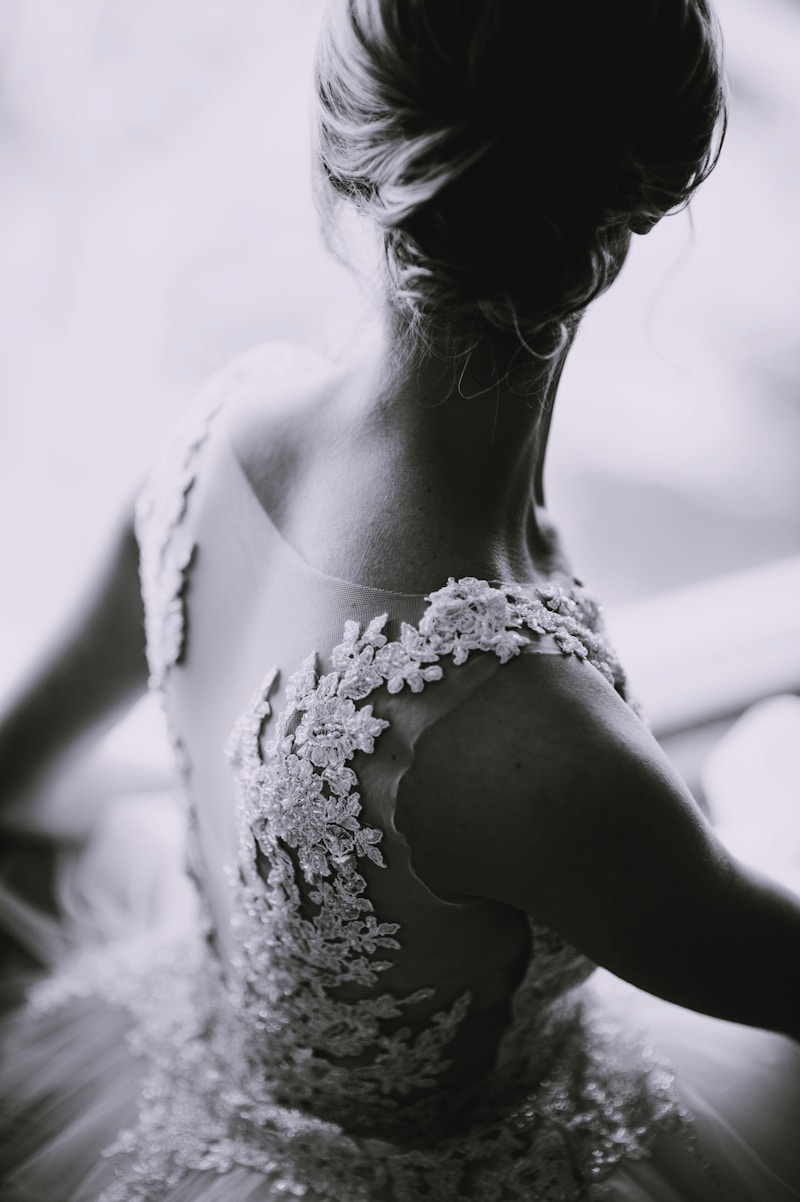Color Choices That Enhance Your Figure: A Comprehensive Guide
Understanding the Power of Color in FashionWhen it comes to fashion, color is more than just a preference; it plays a crucial role in how we perceive ourselves and how others perceive us. Choosing the right colors can enhance your figure, boost your confidence, and elevate your overall style. In this detailed article, we will explore the color choices that enhance your figure, helping you to make informed decisions that flatter your body type and complement your skin tone.The Psychology of ColorBefore diving into specific colors, it’s essential to understand the psychology behind color choices. Different colors evoke different feelings and reactions. For example, black is often associated with sophistication and elegance, while bright colors like red and yellow can be invigorating and attention-grabbing. When selecting colors for your wardrobe, consider not only what you like but also how you want to feel and how you want to be perceived.Choosing Flattering Colors Based on Skin ToneYour skin tone significantly affects which colors will enhance your figure. Generally, skin tones are categorized into three main groups: warm, cool, and neutral. Here’s a brief overview:Skin ToneFlattering ColorsWarmEarth tones, chocolate brown, warm reds, yellows, and olive greenCoolJewel tones, blues, pinks, and cool graysNeutralSoft shades of both warm and cool tones; beige, teal, and blushBy understanding your skin tone, you can select colors that not only accentuate your figure but also enhan...
Finding the Ideal Waistline for Your Body: A Comprehensive Guide
Understanding Waistlines: What’s the Ideal Measurement for You?When it comes to fashion and personal health, one key measurement often comes into play: the waistline. Finding the ideal waistline for your body is not just about fitting into trendy clothes; it has a deeper connection with your overall well-being and self-esteem. This article aims to demystify waistlines, offering insights on how to determine what is ideal for your unique body type, and will address common questions surrounding waistlines.1. Why is Your Waistline Important?The waistline is more than just a fashion statement. It is a reflection of your overall fitness and health. A well-proportioned waistline can affect your confidence and comfort, while also offering important information about your health risks. Research indicates that certain waist measurements can lead to various health complications.Health Risks Associated with Waist SizeNumerous studies have illuminated the health risks connected to waist size, including: Cardiovascular diseases Type 2 diabetes Hypertension2. How to Measure Your Waistline CorrectlyTo find your ideal waistline, start by measuring your current waist size accurately. Here’s how you can do it: Stand up straight and breathe out. Use a flexible measuring tape, ensuring it is parallel to the floor. Place the tape around your natural waist, which is usually above your belly button and below your rib cage. Read the measurement without pulling the tape too tight or letting it ...
Exploring Modifications to Enhance Fit: A Comprehensive Guide
Understanding the Importance of Fit ModificationsIn the world of fashion and apparel, achieving the perfect fit is often seen as the holy grail. Whether it's a tailored suit, a chic dress, or comfortable casual wear, the fit can make or break an outfit. However, not every body is created equal, and achieving that ideal fit might require some modifications. This article delves into the various modifications that can enhance fit, providing insights and tips for those seeking to refine their wardrobe.The Basics of Fit in FashionBefore we dive into the modifications themselves, it's essential to understand what fit means in the context of clothing. Fit refers to how well a garment conforms to the body’s shape and size. The right fit not only enhances appearance but also contributes to comfort and confidence. Clothing that is too tight or too loose can lead to discomfort and an unflattering look. Therefore, understanding and applying fit modifications is crucial.Common Fit IssuesVarious fit issues can arise when choosing or purchasing clothing. Some of the most common fit problems include: Too tight in certain areas (e.g., bust, hips, thighs) Too loose in others (e.g., waist, cuffs) Pulling or bunching at seams Poorly aligned hemlines Inconsistent sizing across different brandsTypes of Fit ModificationsTo address these common issues, several modifications can be made to enhance fit. Below are some of the most effective techniques:Modification TypeDescriptionIdeal Fo...
Choosing the Right Corset for Support: A Comprehensive Guide
Understanding Corsets and Their Support FunctionsCorsets have long been a staple in women’s fashion, but their role has significantly evolved. Today, many people seek corsets for various reasons such as fashion, body shaping, and, importantly, support. Choosing the right corset for support not only enhances your silhouette but also contributes to your overall comfort and well-being.What is a Corset?A corset is a fitted undergarment designed to shape and support the torso. Traditionally, corsets were used to achieve an hourglass figure, but modern versions are often crafted with additional functionalities such as back support. Understanding the various types of corsets available can help you choose the right one for your needs.Types of CorsetsThere are several types of corsets on the market, each designed for specific purposes:Type of CorsetUsesUnderbust CorsetProvides support below the bust, often used for waist training.Overbust CorsetOffers support for the bust, ideal for enhancing the chest while shaping the waist.Waist CincherHelps to slim down the waist, perfect for casual wear.Posture CorsetDesigned to assist with correct posture, often used in physical rehabilitation.Maternity CorsetSpecially designed for support during pregnancy.Choosing the Right Corset for SupportWhen looking for a corset that provides the necessary support, consider the following factors:1. Size and FitSize is perhaps the most critical aspect when choosing a corset for support. A corset that is too...
Discovering Seasonal Styles That Flatter Different Figures
Introduction to Seasonal StylesIn the realm of fashion, understanding how to choose styles that flatter different figures is essential, especially as seasons change. Every individual is unique, and the right outfit can enhance one’s natural beauty while providing comfort throughout the year. This article explores various seasonal styles that suit different body types, tips for selection, and the importance of choosing the right outfit according to the season.Understanding Body TypesWhen it comes to dressing for the season, knowing your body type is crucial in selecting flattering styles. There are several common body shapes, each with distinct features:Body TypeCharacteristicsA (Pear)Narrow shoulders, wider hipsB (Apple)Narrow hips, fuller waistC (Rectangle)Straight waist, similar shoulder and hip widthD (Hourglass)Defined waist, balanced hips and shouldersE (Inverted Triangle)Broader shoulders, narrow hipsSeasonal Styles for Every Body TypeSpring StylesSpring heralds a fresh start, and with it, an array of styles perfect for different figures. For those with an A body type, A-line dresses in vibrant floral prints can help balance proportions. On the other hand, individuals with a B shape can opt for tailored tops that cinch at the waist, paired with flowy skirts to create a silhouette that flatters their shape.Summer StylesSummer calls for breathable fabrics and lighter colors. For hourglass figures, fitted swimsuits with high-waisted bottoms beautifully accentuate curves. M...
Incorporating Layers for Visual Balance: A Comprehensive Guide
Introduction to Visual Balance in DesignCreating visually appealing designs is an art that requires a solid understanding of various elements. One key concept that can significantly enhance your design work is incorporating layers for visual balance. Whether you're a graphic designer, web developer, or simply someone looking to beautify your environment, understanding how to layer elements effectively can lead to more harmonious and engaging designs. This article will explore the techniques and principles of layering, their benefits, and how you can apply them in various design contexts.Understanding Visual BalanceVisual balance refers to the distribution of visual weight in a design. It can be symmetrical or asymmetrical, depending on how elements are arranged. Symmetrical balance involves evenly distributed elements, creating a formal structure, whereas asymmetrical balance allows for a more dynamic and informal arrangement. Incorporating layers for visual balance is essential for achieving that equilibrium. By thoughtfully placing elements on multiple layers, designers can create depth, emphasis, and a focal point in their work.The Importance of Layers in DesignLayers provide depth and context to a design. Here are some key reasons why you should consider layering elements in your work: Depth and Dimension: Layers create an illusion of depth, making designs feel more three-dimensional. This can draw viewers in and keep their attention longer. Focus: By manipulating l...
Mastering Design Elements That Elongate the Silhouette for a Flattering Appearance
When it comes to fashion and interior design, the concept of elongating the silhouette is pivotal. Whether you're choosing an outfit for a special occasion or decorating a room, understanding which design elements create an elongated effect can drastically enhance aesthetics. This article explores various design elements that elongate the silhouette, helping you make informed choices for a more flattering look.Understanding the Importance of SilhouetteThe term 'silhouette' refers to the shape and outline of a person or object. A well-proportioned silhouette is often associated with elegance and grace. In fashion, creating an elongated silhouette can make one appear taller and slimmer, while in interior design, it can lead to a more spacious feel in your living environment. Let's delve into the specific design elements that contribute to this elongation.1. Vertical LinesOne of the most effective ways to elongate the silhouette is through the use of vertical lines. These lines can be incorporated into clothing and interior design. Fashion: Dresses, tops, and pants with vertical stripes or seams can create the illusion of height. Opt for long tunics or dresses that flow seamlessly down the body. Interior Design: Vertical wall moldings or striped wallpaper can draw the eye upward, making ceilings appear higher.2. Monochromatic Color SchemesUsing a single color palette throughout an outfit or room creates a continuous line, which helps elongate the silhouette.Monochromatic Color...
Ultimate Guide to Bra Choices for Various Dress Styles
Choosing the right bra is crucial for both comfort and style. However, with countless options available, it can be quite overwhelming to select the perfect one for your dress. In this comprehensive guide, we'll explore the best bra choices for various dress styles to ensure you look fabulous and feel confident.Understanding Different Dress StylesBefore diving into the different types of bras, it's essential to understand the various dress styles you may encounter. Each style may require specific bra features to complement its design. Below are some popular dress styles:Dress StyleDescriptionA-LineFitted at the bodice and flaring out from the waist, suitable for various body types.MermaidFitted through the bodice and hips, flaring out at the knees, emphasizing curves.BacklessA style that has little to no fabric covering the back, requiring special bra solutions.StraplessNo visible shoulder straps, often close-fitting around the bust.Off-the-ShoulderBares the shoulders while providing support through the bodice, typically requiring dedicated bras.Wrap DressFeatures a front closure that wraps across the body, suiting various figures.Choosing the Right Bra for Different Dress StylesA-Line DressesAn A-line dress is universally flattering, making it a popular choice. For this style, you can opt for a standard bra with adjustable straps or a plunge bra that won’t inhibit the dress's silhouette. A seamless bra would also provide a smooth look without visible lines.Mermaid DressesMerm...
Understanding the Importance of Posture: A Comprehensive Guide
Why Posture MattersIn today’s fast-paced, technology-driven world, many individuals spend hours slouched in front of computers or hunched over mobile devices, neglecting the significance of maintaining proper posture. Understanding the importance of posture is vital not only for physical health but also for mental well-being. This article will explore the benefits of good posture, the consequences of poor posture, and practical tips for improvement.The Benefits of Good PostureGood posture has far-reaching effects on various aspects of health and well-being. Here are some key benefits:BenefitDescriptionImproved Spinal HealthGood posture helps maintain the natural curves of the spine, reducing the risk of back pain and injury.Enhanced Respiratory FunctionProper posture facilitates optimal lung expansion, leading to better oxygen supply and improved energy levels.Boosted ConfidenceStanding tall can enhance self-esteem and project an image of confidence in social and professional settings.Better DigestionCorrect alignment of the body organs aids digestion and reduces issues like indigestion and acid reflux.Increased ConcentrationGood posture has been linked to better focus and concentration, which is integral for productivity.Consequences of Poor PostureBefore diving into how to improve posture, it's crucial to understand the drawbacks of neglecting it. Poor posture can lead to various health issues including:Chronic Back Pain: Prolonged slouching can strain the muscles and ligam...
Essential Tips for Trying On Wedding Gowns Successfully
Transforming Your Wedding Dress ExperiencePlanning a wedding is an exciting yet overwhelming process, and one of the most significant decisions to make is choosing the perfect wedding gown. This pivotal moment requires careful consideration and preparation. In this article, we will explore tips for trying on wedding gowns successfully to ensure you have an enjoyable and productive experience that leads you to your dream dress. These tips will not only enhance your time spent at bridal boutiques but can also alleviate some of the common stresses associated with wedding dress shopping.Understanding the Importance of PreparationBefore heading to the boutique, it's crucial to prepare adequately. Here are some initial steps to take:Set a Budget: Determine how much you're willing to spend on your gown to streamline your options and discarding dresses beyond your budget.Select Suitable Outfits: Wear comfortable underwear and consider bringing your favorite pair of shoes that are similar to what you'll wear on your wedding day.Bring Support: Invite a few trusted friends or family members whose opinions you value, but aim to keep the group small to avoid overwhelming yourself.Choosing the Right Bridal ShopThe right bridal shop can dramatically affect your gown-trying experience. Here are tips to find the best one:Research: Read reviews online and consider asking friends for recommendations.Visit Several Boutiques: Don’t settle on the first shop you visit. Explore a variety of bridal b...
How to Balance Proportions in Wedding Attire: A Comprehensive Guide
Weddings are monumental occasions filled with love, commitment, and a dazzling array of fashion choices. One of the key aspects of looking stunning on a wedding day is the ability to balance proportions in wedding attire. Achieving the perfect balance not only enhances your appearance but also boosts your confidence. This article will guide you through the essentials of balancing proportions in wedding attire for both brides and grooms.Understanding Proportions in Wedding AttireBefore we dive into how to achieve that coveted balance in your wedding outfit, it's essential to understand what proportions mean in this context. Proportions refer to the relationship between the different elements of your attire, such as the bodice, skirt, sleeves, and accessories. Maintaining harmonious proportions ensures that your outfit is flattering and visually appealing.The Importance of Body ShapesEvery bride and groom has a unique body shape, and recognizing your own is key to understanding how to balance proportions in wedding attire. Here are the most common body shapes and tips for each:Body ShapeAttire TipsHourglassOpt for dresses or suits that cinch at the waist to accentuate curves.AppleChoose A-line dresses or tailored suits that create a structured look.PearWearing a bodice with embellishments can draw attention upwards while offering balance.RectangleLace details and layered skirts can create the illusion of curves.Inverted TriangleSoft, flowing skirts will balance broader shoulder...
Decoding Size Charts for Accurate Fitting: A Comprehensive Guide
Understanding Size Charts: Your Key to Perfect FitWhen it comes to shopping for clothing, ensuring a perfect fit can often be a tricky endeavor. One useful tool that can help streamline this process is the size chart. However, many shoppers find themselves confused by the varying measurements and dimensions that size charts provide. In this article, we will be decoding size charts for accurate fitting and exploring how to effectively use them to make informed purchasing decisions.Why Size Charts MatterSize charts are essential because they provide a standardized measurement system designed to help consumers find the right fit for their bodies. Clothing sizes often differ between brands, styles, and countries, making it vital to refer to size charts before making any online or in-store purchases. Understanding size charts can prevent the frustration of ill-fitting clothing and save you time and money.The Components of a Size ChartBefore diving into the specifics of how to interpret size charts, let’s break down the typical components you’ll find:ComponentDescriptionChest MeasurementThis is the circumference around the widest part of your chest.Waist MeasurementThis refers to the circumference around the narrowest part of your waist, typically above your navel.Hip MeasurementThe circumference around the fullest part of your hips.InseamThe length from the top of your inner thigh to the bottom of your ankle.Shoulder WidthThe width from the top of one shoulder to the other.Length ...

